Every day, the female body is exposed to more and more judgment from society. Social media feeds are full of unrealistic photos that can really make someone feel uncomfortable in their own skin. For women with postpartum bodies, this topic can be the most sensitive. To support others, this proud mother decided to stop hiding behind filters or pieces of clothing and embrace the flaws that truly make us special.
Most mothers aren’t prepared for the challenges that come after childbirth.
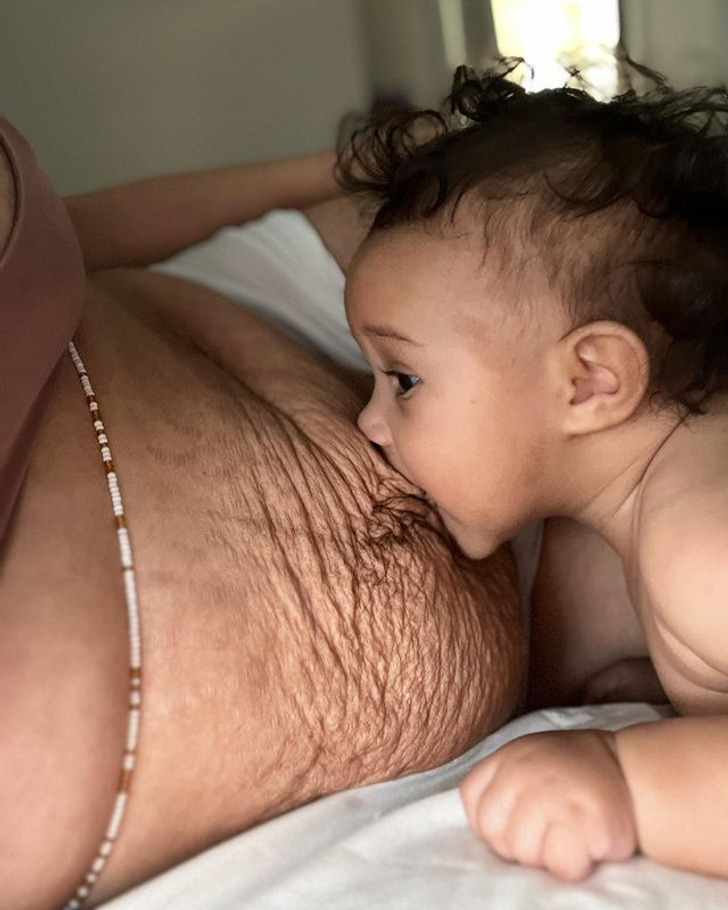
Danisha, a mom of 4, recently started sharing her journey about accepting her body on social media. At first, she was really ashamed and constantly tried to hide her postpartum belly, but with her last baby, she wanted a change.
“I didn’t know that I would have as much loose skin as I do now, and stretch marks. No one ever discussed it, my doctors didn’t discuss it,” the mother explained. “I didn’t know that my body just wouldn’t look the same anymore. But I want to embrace my body, and I’m happy where I’m at.”
Danisha believes a woman’s body creates miracles.
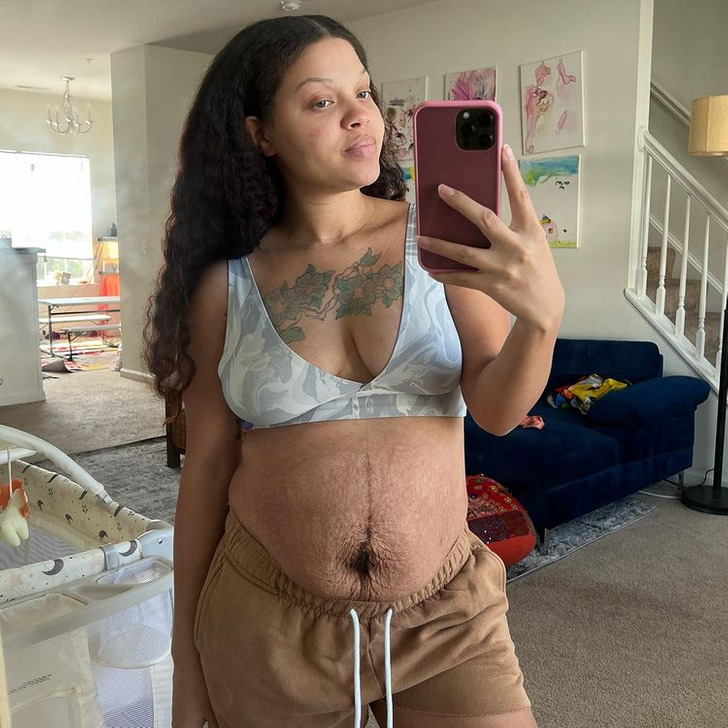
Seeing tons of celebrities and models posing with their pregnant bellies can give us the wrong image. They can make us believe that perfection can exist and that something might be wrong with our own bodies, even lowering our confidence to the point that we forget to love ourselves.
In one of her Instagram posts, she pointed out to other moms that they are loved, saying, “Don’t let society trick you into believing you need to be ’fixed.’ Your body is not wrong, society is!”
Society expects a different image of the female postpartum body.
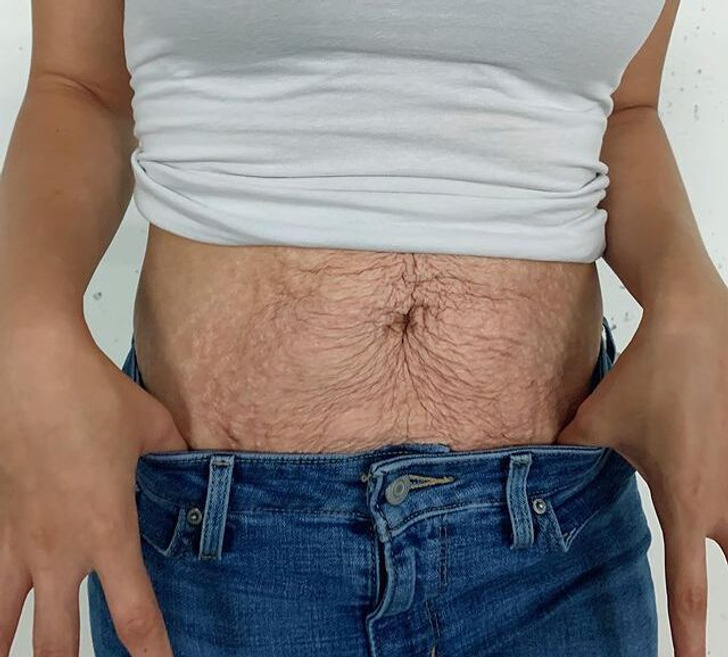
Women are expected to quickly bounce back to their pre-pregnancy bodies. For many mothers, this can feel like they’re strangers in their own their skin. Fighting against your body means losing the battle in the end, but knowing how to accept it and start loving yourself from all angles is a different type of pure love that can only occur if the mother is 100% ready to do it.
The brutal honesty behind Danisha’s posts makes her even prouder of who she is. “Our body is meant to evolve and change, that is what happens with growth, not everyone’s body will change the same and that’s okay,” she admitted. “My wonderful body carried 4 beautiful blessings, my belly is a reminder of that and signifies growth. It has taken me a long time to accept her, love her, and appreciate her.”
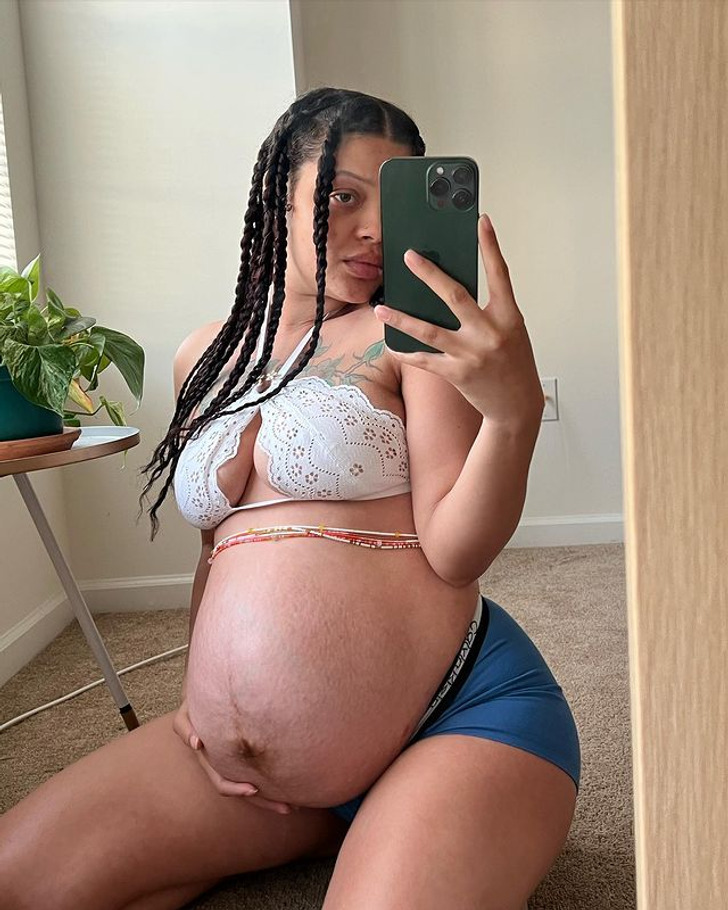
Despite the negative comments that come from everywhere, knowing how to keep your positivity is one of the hardest jobs that people face when they show themselves at their most vulnerable online.
“I have a pouch, I have soft stretchy loose skin. My physical features are not what makes it beautiful, but the fact that my body was able to create life itself for a fourth time. I’m strong as a mother.”
Danisha doesn’t let the negative comments stop her. Showing the raw reality behind a mom’s body is a huge help for other mothers out there as well. “A lot of mamas are unprepared for postpartum.”
It’s a privilege to watch our bodies change as we grow older.
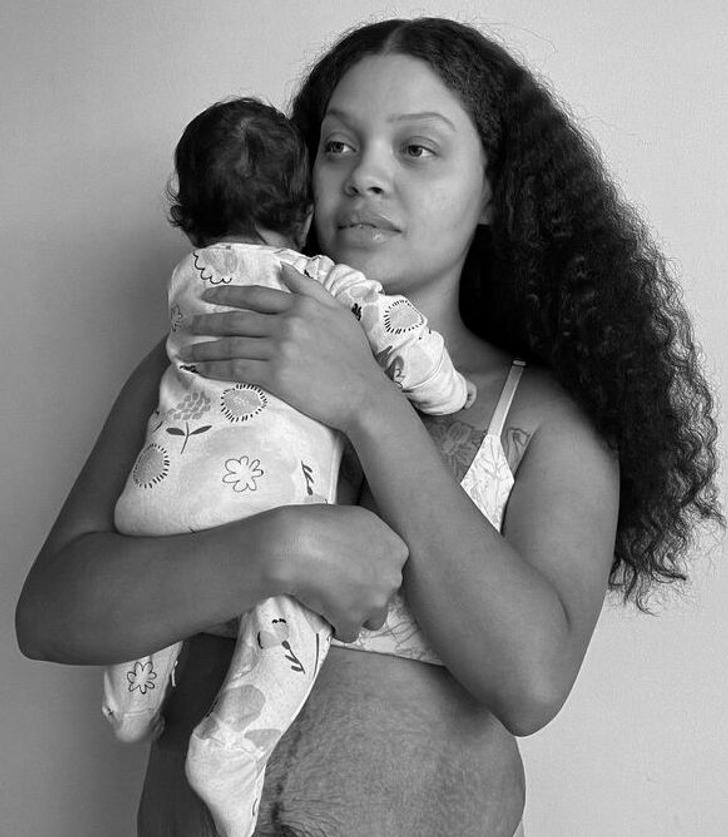
Sometimes, despite all our efforts and hard work to keep our bodies in shape, genetics can get involved and create a different person in the mirror. She explained, “I love it when people tell me that if I had moisturized my skin more then my belly wouldn’t have looked ’this way’ or if I wore a waist trainer I wouldn’t have a pouch and even greater if I dieted or exercised more, then my belly wouldn’t be as ’big.’”
The mother of 4 continued, “The reality is genetics play a big role. My belly is this way because of 4 reasons. I created life 4 times and no oils or creams would have miraculously prevented it. My sagging skin, stretch marks, and other love marks are reminders of bearing my children.”
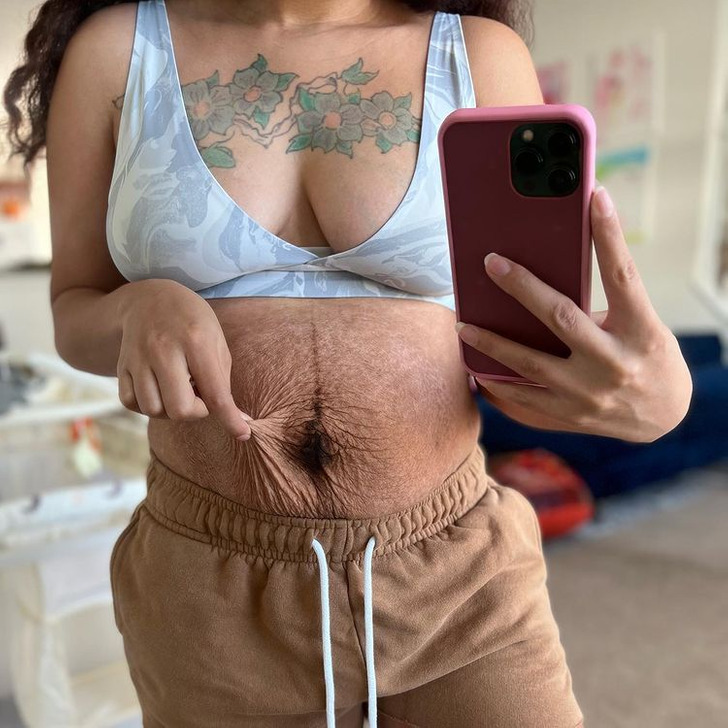
Every mother is special in her own way and no one deserves to be discriminated against because of their appearance.
“To the mama looking at herself in the mirror: It’s completely normal not to fit into your pre-pregnancy clothes your body outgrew in order to make room for your beautiful blessing. Sizing up is nothing to feel ashamed of,” Danisha declared.
It wasn’t easy, but Danisha started accepting her body.

Understanding how to love stretch marks and accept body changes can be one of the hardest steps that a mom can do. They are a natural response from the body.
“Many would love to have tiger stripes. You can also have them without having children. My tummy was home to 4 of my children, and they love it,” she said.
Beauty comes from both inside and outside.

Regardless of what we look like on the outside, whether we differ in skin color or weight, all people are special in their own way, and our bodies do an amazing job at keeping us alive. In an effort to encourage others around her, this mother points out, “Whether you choose to cover your belly or not, you’re still worthy, still beautiful.”
Here are some similar stories that show us the beauty in every woman’s body.
A Mom of 4 Proudly Documents Her Postpartum Body and Becomes the Dose of Body Positivity We All Need
A Mother Was Told Her Stomach Was “Nasty,” but She Proves How Beautiful Women’s Bodies Really Are
9 Times Ashley Graham Embraced Her Motherhood Journey, From a Postpartum Body to Breastfeeding
8 Celebrity Moms Who Got Honest and Showed Us the Raw Reality of Motherhood
Preview photo credit mama3x__ / Instagram, mama3x__ / Instagram
What Are Witches’ Stairs? A Simple Explanation of This Strange Home Design
Witches’ stairs are a strange but interesting design feature that became popular on TikTok a couple of years ago. Even though they have an unusual history, their name doesn’t really have to do with superstition. Instead, these stairs are a clever design choice. When made and installed correctly, they can be both useful and nice to look at!
Witches’ Stairs aren’t what they Appear.

While the stories about witches’ stairs might sound more interesting, they actually have a very practical purpose. They are really useful in homes with little space, like attics, lofts, and tiny houses. Witches’ stairs are designed to save space while still allowing you to go from one floor to another. Architects often call them “alternate tread stairs.”
How Witches’ Stairs Function
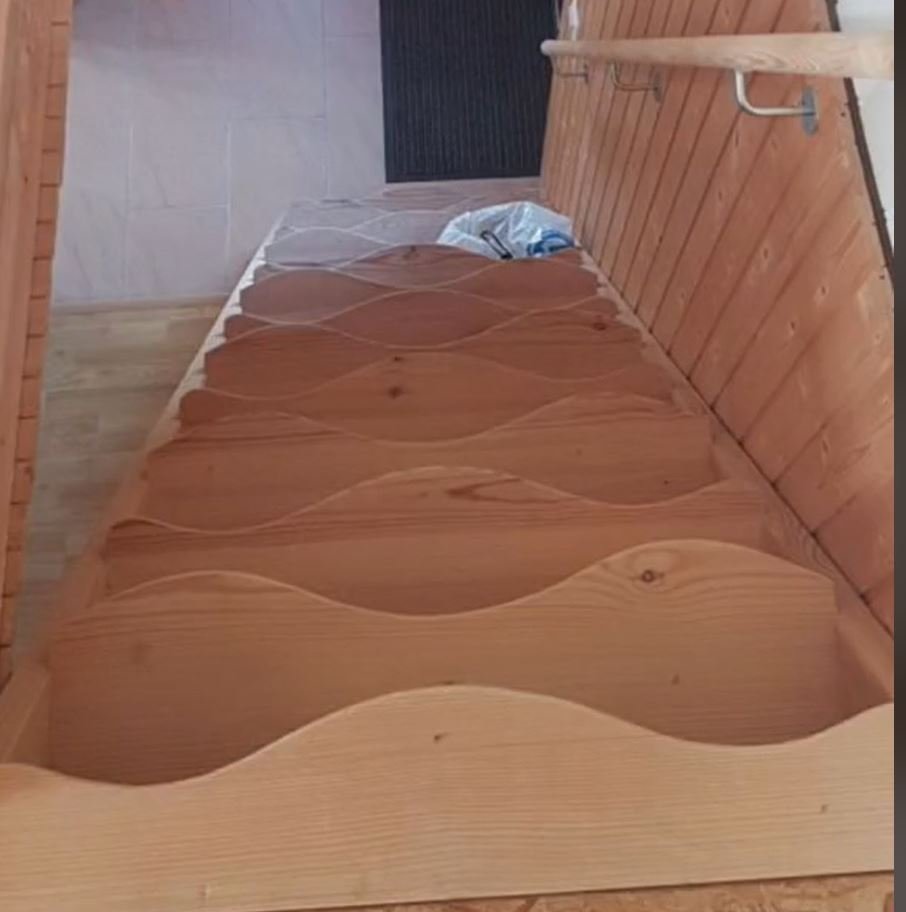
Photo Credit: itsthatrealestatechick | TikTok
Witches’ stairs are designed to save space in two ways. First, each step is only half as wide as regular steps, and the steps are staggered. This makes the staircase narrower than a traditional one. These smaller stairs can also be used for extra storage, like for books or displaying items. According to Scott Schuttner, who wrote “Basic Stairbuilding,” the distance between the steps on one side of an alternating-tread stair is twice the height of the rise, which gives you more space on the steps and makes them safer.
Besides being practical, witches’ stairs meet building codes and safety standards in the U.S. A standard staircase is usually 3 feet wide, while a residential witches’ staircase is typically between 27 and 30 inches wide.
Real Origins
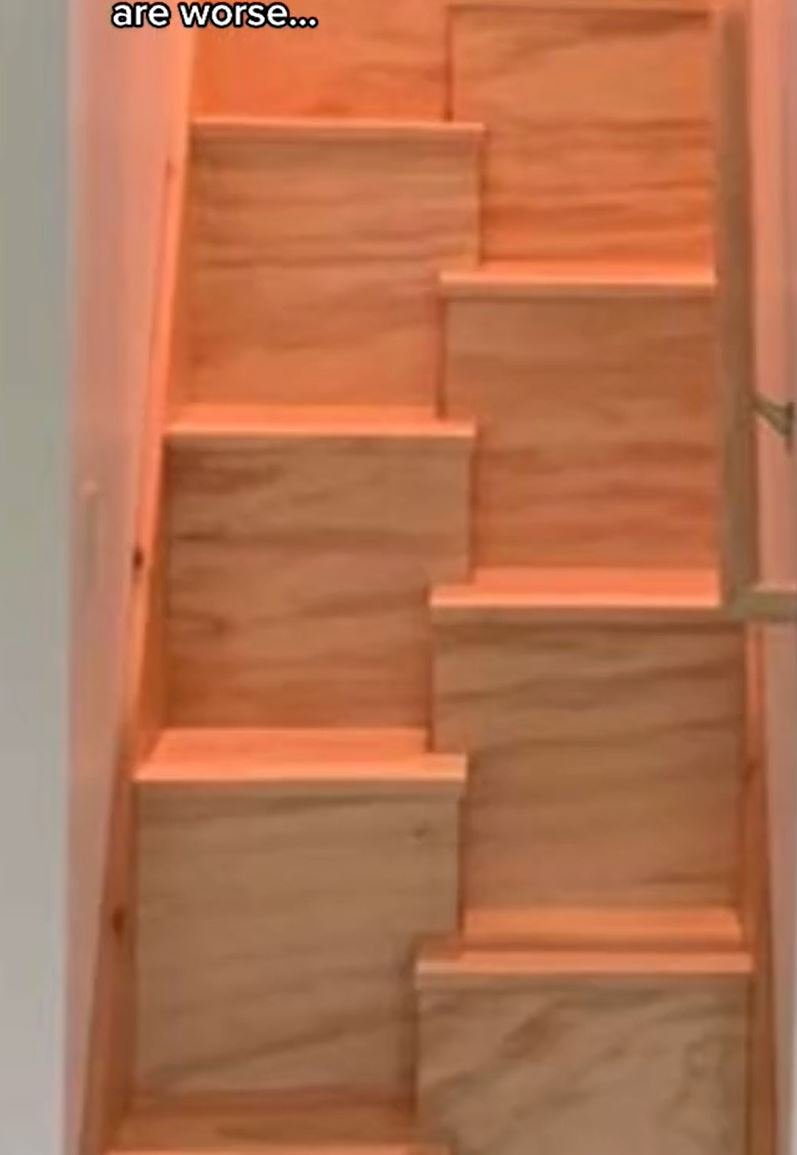
Photo Credit: itsthatrealestatechick | TikTok
In 1985, a businessman named J.M. Lapeyre created a metal version of witches’ stairs. He thought these stairs could be a safe alternative to ladders in commercial and warehouse settings, especially in tight spaces where ladders might not be safe. This design is also used on commercial ships and oil rigs, and it can be called ship stairs or ship ladders, in addition to witches’ stairs and alternate tread stairs.
Misconception

Photo Credit: itsthatrealestatechick | TikTok
When videos of witches’ stairs first appeared on TikTok in 2021, they were linked to an urban legend. According to this legend, these staircases were built in 17th-century Massachusetts to keep witches away during the Salem witch trials because “witches can’t climb up them.” This idea has been proven false, but another rumor suggests that Thomas Jefferson came up with the design. Because of this, witches’ stairs are sometimes called Jeffersonian or Jefferson stairs. However, an original version of the design was also mentioned in a book called “Monckton’s One Plane Method Of Hand Railing and Stair Building,” published in 1888.
Debunking the Myth
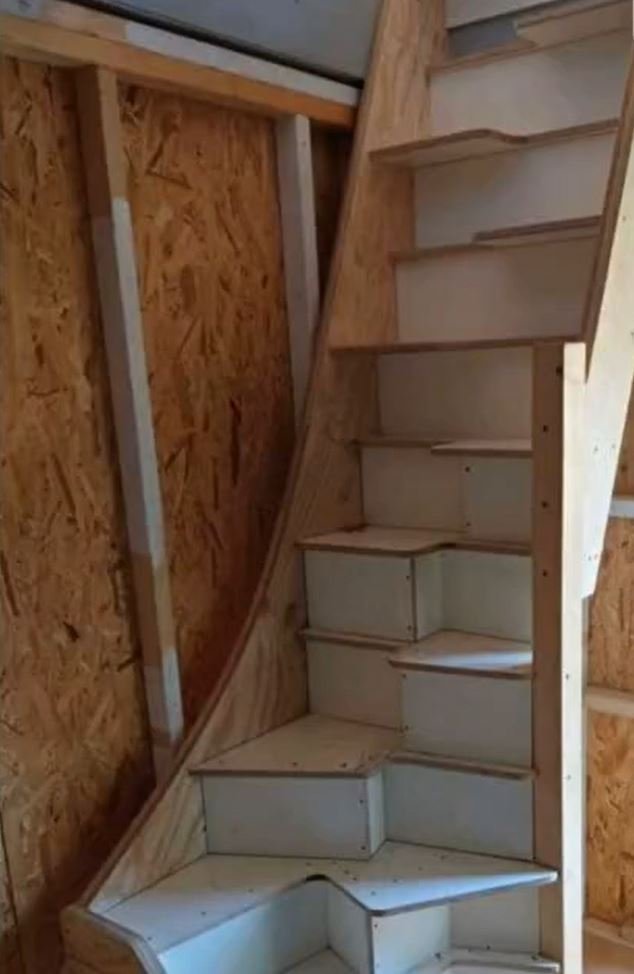
Photo Credit: conspiracy___time | TikTok
The exact origins of witches’ stairs are a bit unclear, but one thing is clear: there’s no historical evidence that they were designed to keep witches away. Historian Robin Briggs has studied many historical sources and found no mention of stairs that could disable witches. Interestingly, some people with these unique staircases also buried “witch bottles” or included dead cats in their homes for protection against witchcraft, but Briggs calls this idea “pure disinformation.” He notes that the closest belief was that putting a broom over the door would trap a witch inside.
While it’s fun to think about myths and legends, it’s also interesting to know the real history of witches’ stairs. Regardless, they offer a unique and decorative alternative to regular staircases, adding a fun and quirky touch to home design.
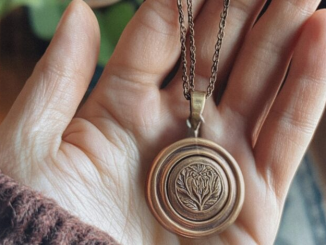
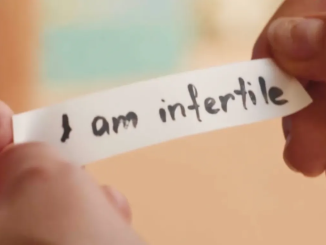

Leave a Reply